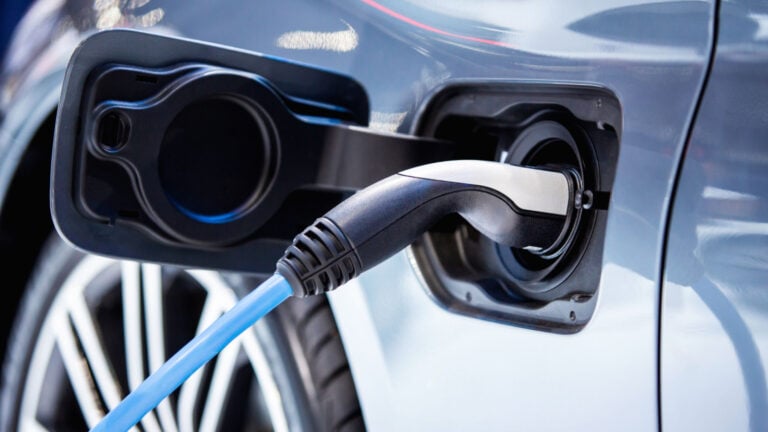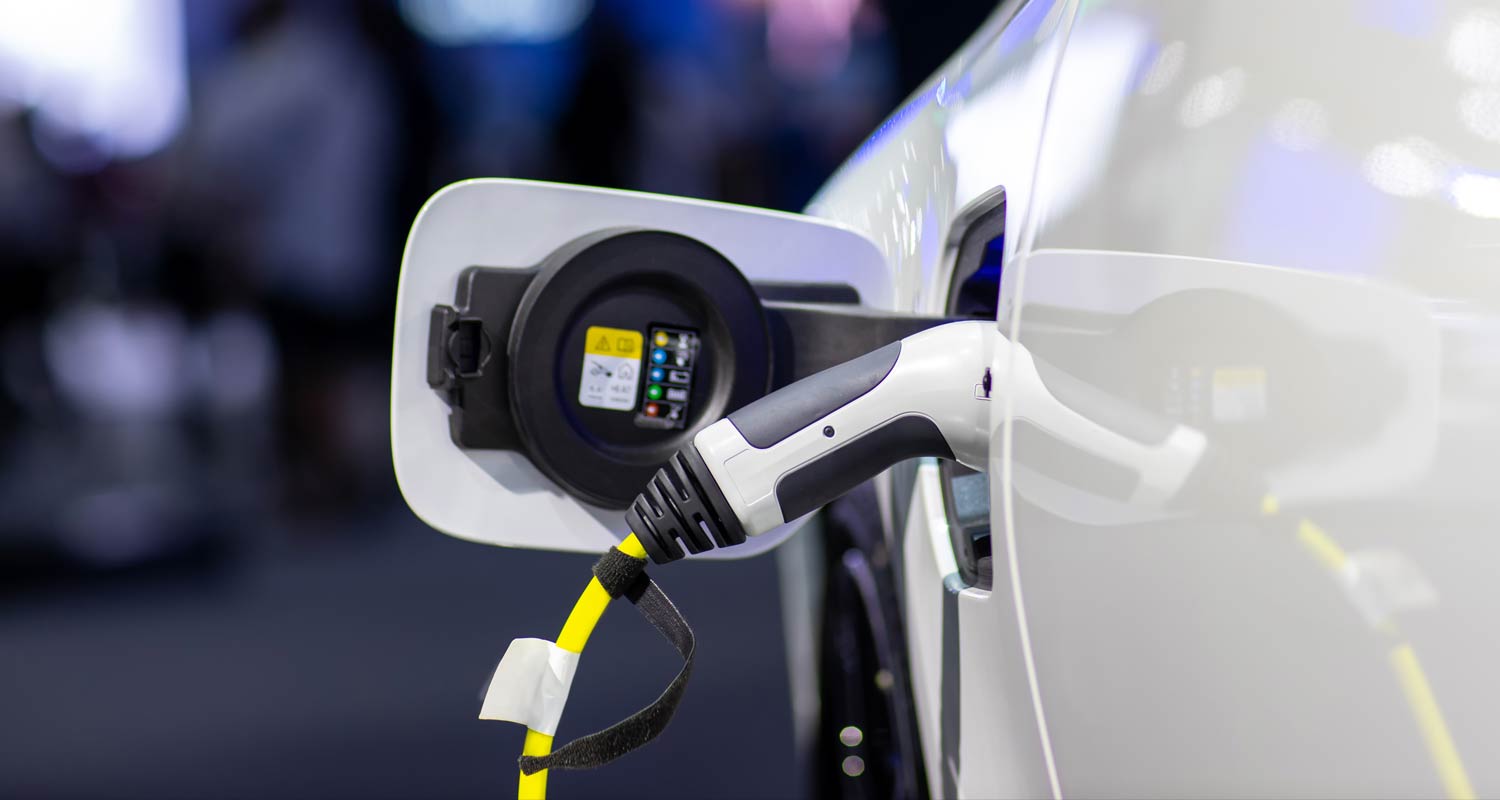If you live in a city or large metropolitan area, finding an electric vehicle charging station is likely no problem. Most hookups are located on both coasts. Head into the interior, though, and it becomes more dicey.
Selling EVs to people with few battery charging options will make them a tough sell. And it is getting more difficult. Tesla (NASDAQ: TSLA ) reported a 5% drop in sales last month to 444,000.
Its EV market share fell below 50% for the first time hitting 49.7%. While the overall EV market is still growing, it is just growing more slowly than it was.
There are a couple of reasons for that. As the biggest EV stock , Tesla is going to skew the results. If its sales fall it will look like the entire market is down when, in fact, other EV makers are reporting increases.
But the industry still has problems. Range anxiety, or how far someone can drive before needing to recharge a battery, is a real concern. So is the price.
According to Kelley Blue Book , a new EV costs on average about $56,000 while new gas-powered cars go for around $48,000 . Although the gap is narrowing, a large chasm of affordability remains. A base fossil fuel Ford (NYSE: F ) F-150 has an MSRP of $37,000 while the electric F-150 Lightning starts at $63,000.
For that $26,000 difference, you could throw in an extra Ford Escape. Also, cheaper cars will have smaller batteries that have less range. Luxury vehicles with bigger batteries are just priced out of the range of the average car buyer’s wallet.


















